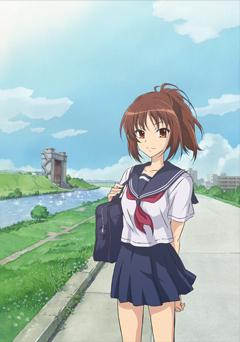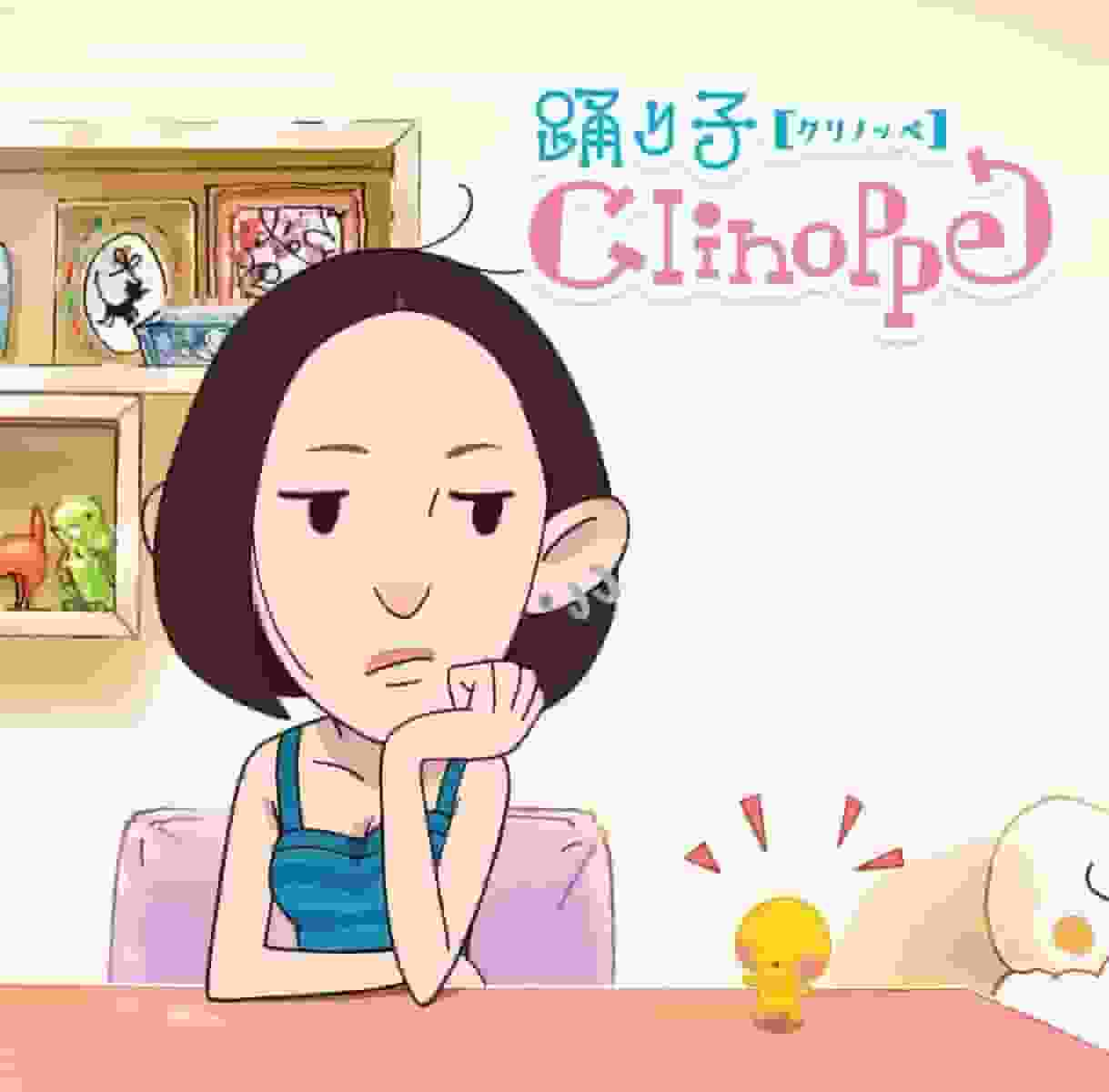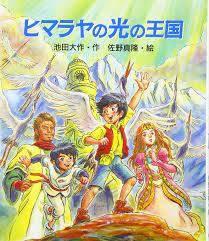Dangobei Torimonochō: Exploring the appeal of period dramas and their message for the modern age

A comprehensive review and recommendation of Dangobei Torimonochou - Dangobei TorimonochouOverview"Dangobei Torimonochō" is a theatrical animation produced by Chiyogami Eigasha and released in 1952. The original story is an anime, and it was distributed by Oku Shokai LLC and Chiyogami Eigasha. It was directed by Ofuji Nobuo and only had one episode. This work was re-distributed in 1955 as "Dangobei Torimonochō: Open Sesame Chapter" and was also featured in the film magazine Kinema Junpo. story"Dangobe Torimonochō" is a detective story set in the Edo period, in which the protagonist Dangobei solves various cases. Dangobei is a detective master who loves dango (rice dumplings), and his unique character and humorous story are what make him so appealing. In particular, the scene where he solves a case while eating dango leaves a strong impression on viewers. BackgroundThis work was produced in postwar Japan at a time when animation was not yet common. Chiyogami Eigasha is a long-established studio that has been producing animation since before the war, and they used their technology and experience to produce "Dangobe Torimonochō." Director Ofuji Noburo was one of the animators active before the war, and his unique style is reflected in this work. Main StaffThe script was written by the Shichiyokai, the art was by Ofuji Nobuo and Kumakawa Masao, the music was by Kami Kyosuke and the recording was done by Meguro Studio. These staff members worked together to complete "Dangobe Torimonochō." characterThe main character, Dangobei, is a master detective who loves dumplings. His character is charming, combining humor and wisdom, and leaves a strong impression on viewers. In addition, various unique characters appear around Dangobei, and the interactions between them are also one of the highlights of the show. Animation Technology"Dangobe Torimonochō" is one of the first works of postwar Japanese animation, and is noteworthy in terms of its technical aspects. In particular, the depiction of character movements and backgrounds fully demonstrates the technical capabilities of Chiyogami Eigasha. The music and sound effects are also important elements that enhance the atmosphere of the work. Evaluation and impact"Dangobe Torimonochō" is regarded as one of the works that contributed to the development of postwar Japanese animation. In particular, the character Dangobei influenced subsequent animation works. This work is also a valuable resource depicting the customs and culture of postwar Japanese society. Recommended points"Dangobe Torimonochō" is a work that can be recommended to many viewers as one of the first postwar Japanese animations and as a work with the charming character of Dangobei. It is especially recommended for those who are interested in the customs and culture of the Edo period and those who want to enjoy a humorous story. It can also be recommended as a valuable resource for those who are interested in the history and technology of animation. Related TitlesA work related to "Dangobei Torimonochō" is "Forty Thieves," also produced by Chiyogami Eigasha. This work is also highly regarded as one of the first works of postwar Japanese animation, and like "Dangobei Torimonochō," it is a valuable resource depicting the customs and culture of the Edo period. Another work that was influenced by the character of Dangobei is "Ninja Hattori-kun," which was produced in later periods. How to watch"Dangobe Torimonochō" is currently available for purchase as a packaged software such as DVD and Blu-ray. It is also available on some video streaming services. If you are interested, please try watching it using these methods. summary"Dangobe Torimonochō" is a work that can be recommended to many viewers as one of the earliest works of postwar Japanese animation and as a work with the charming character of Dangobei. It is a must-watch for those who are interested in the customs and culture of the Edo period, those who want to enjoy a humorous story, and those who are interested in the history and technology of animation. |
<<: Aladdin and the Magic Lamp: A deep look into the fascinating story and characters
>>: Weather School: A deep look into the fascinating story and characters
Recommend
Appeal and Evaluation of Minarai Chameleon: A New Masterpiece of Minna no Uta
Apprentice Chameleon - Minarai Chameleon "Ap...
Good Morning The Genie Family: Reevaluating a nostalgic anime classic
"Good Morning The Genie Family": A Minu...
Liu Xiao Ling Tong and Ma Dehua are promoting a new film, "Journey to the West", a Sino-US co-production. Is it coming?
Recently, Ma Dehua and Liu Xiao Ling Tong, who ha...
A cup blunder in "Game of Thrones" made Starbucks earn $2.3 billion
In the fourth episode of the final season of &quo...
The unique setting of Japanese light novels attracts attention: the heroine of the end of the world is a driver + battery
Japanese light novels cover a wide range of topic...
"The Goddess Dormitory Manager." TV animation new stills will be officially launched on July 14
The TV animation of the manga "The Manager o...
New stills from Hideo Nakata's new film "The Forest Where "It" Is" will be released on September 30
Another new-age horror film "The Forest Wher...
Review and impressions of the movie "Pokémon: Mewtwo Strikes Back Evolution"
"Pokémon the Movie: Mewtwo Strikes Back - Ev...
"Nezha: The Devil Child Comes into the World" aims to reach 4 billion yuan at the box office, but the rise of Chinese animation still needs to wait
"Deng Chao can't save this summer season...
Marvel's fall? Captain Marvel 2's opening weekend revenue is expected to be only half of its predecessor
Captain Marvel 2 is set to hit theaters in Novemb...
The new trailer of the movie "Jurassic World 3: Dominion" was released and will be released in North America on June 10
Today (May 11), the movie "Jurassic World 3&...
The official commemorative image of the 10th anniversary of the animation "Chuunibyou wanna love!" is released
The official website of the anime "Chuunibyo...
The Story of Thumbelina: A Charming Story and a Deep Analysis of the Characters
"The Story of Thumbelina" - A moving jo...
New stills of the live-action movie of the famous comic adaptation "Gunseong Senki" Haruma Miura plays Tokugawa Ieyasu
The live-action movie "Gunseolo Saga", ...
The live-action movie "Azure Blue" based on the comic book previews a hilarious youth drama about naked running around
Today (March 6), the live-action movie "Azur...









